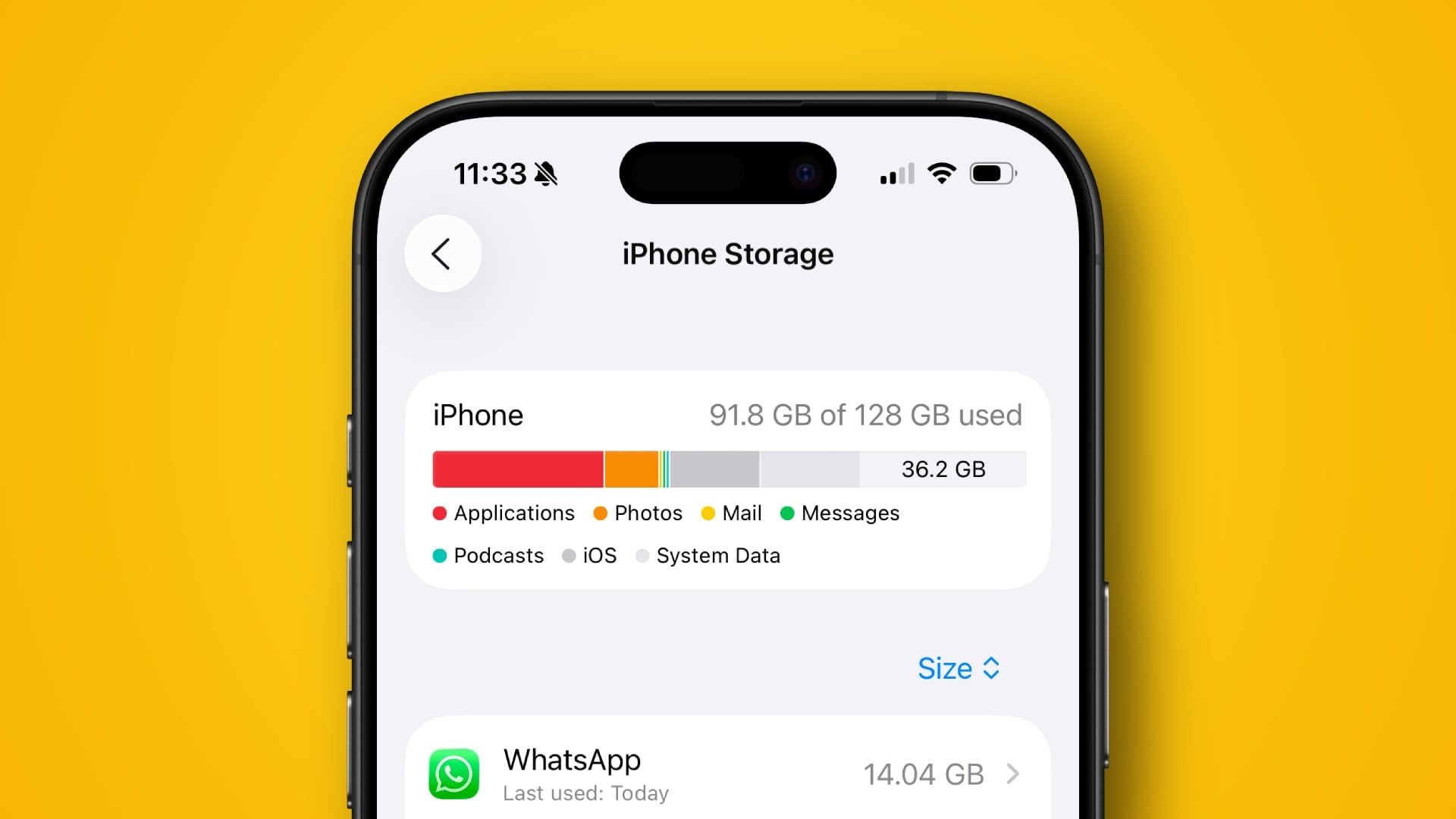India’s payment landscape has undergone a profound transformation over the past years, marked by government-led infrastructure modernization, the rise of digital payments, and the rapid expansion of the fintech sector.
A new report by PwC and Global Fintech Fest provides an overview of India’s evolving payments landscape, emphasizing the simultaneous rise of digital payments, especially the Unified Payments Interface (UPI), and the persistent use of cash.
It also looks at the emergence of the ecosystem-based business models, and identifies areas of future growth, including credit cards, artificial intelligence (AI) applications, and new UPI use cases, all the while warning of the new risks accompanying these trends.
Cash in circulation continues to grow
Despite rapid growth of digital payments, cash remains widely used and continues to grow. In 2025, cash in circulation totaled INR 37.2 trillion (US$420 billion) in value and 292 billion in volume. These figures mark a 19% year-over-year (YoY) increase in value, and a 5% YoY increase in volume, extending an upward trend observed over the past decade.


Certain segments, including micro merchants, rural consumers, and older generations, are leading this trend, with states like Uttar Pradesh, New Delhi, and Bihar seeing particularly high usage.
Cash also remains popular within the formal economy, where digital payments are more common, largely due to higher levels of trust. Merchants, in particular, favor the payment method to avoid costs associated with digital payments, including merchant discount rate (MDR), and device rental fees.
The MDR fee, collected by the merchant bank and shared with the bank that issued the card, the payment network, and the point-of-sale (POS) provider, typically ranges between 1% to 3% of the transaction amount.
Furthermore, cash remains a preferred payment mode in certain sectors like jewelry, where over 60% of transactions are in cash, despite regulations requiring purchases above INR 200,000 (US$2,259) to quote the buyer’s permanent account number (PAN).
As India’s payment landscape continues to evolve, the report predicts that while cash may “no longer be the sole ‘king’”, its utility will persist alongside growing digital methods like UPI. A balanced coexistence is expected, with cash continuing to serve specific transactional needs like savings, while digital payments rise in prominence owing to its convenience and efficiency.
A need for investments in AI in payments and fraud prevention
UPI transactions have increased considerably over the past years. In the past year alone, these transactions have seen a 42% increase in volume and 30% increase in transaction value.
UPI now leads retail payments, accounting for 85% of all digital transactions in India. Its ecosystem spans nearly 700 banks and serves 491 million individuals and 65 million merchants, making it one of the world’s largest real-time payment systems in terms of volume.
With innovations such as biometric authentication, Internet-of-Things (IoT) enabled payments and cross-border remittances, UPI is well on track to clock 1 billion transactions per day by 2028, totaling 118.8 billion transactions that year and an estimated INR 342.6 trillion (US$3.9 trillion) in annual value, the report says.

The growth of UPI, coupled with increasing digital payment adoption and rising penetration of credit cards, has made the sector attractive to investors. According to the report, AI-driven payments and fraud prevention are poised to become the next major growth drivers, propelling India’s payment industry into its next phase in an increasingly mature and competitive market.
The payment vertical has been consistently among the top three recipients of fintech funding in India since at least 2021, with the exception of 2023 and 2024. In H1 2025, it led deal activity, accounting for about 35% of funding, or US$520 million, according to data from KPMG.

Payment emerges as a strategic tool
Once dominated by banks and technology firms, India’s payment sector is now attracting players from diverse fields, including retail, telecommunications, fintech, and e-commerce. Payment capabilities are increasingly viewed as a strategic tool to attract new customers, revenue expansion, and customer retention.
Telcos are launching payment services and mobile wallets, leveraging their vast subscriber bases and distribution networks to bring financial services to underserved populations. E-commerce platforms are building in-app payment systems, offering digital wallets, buy now, pay later (BNPL) arrangements, and co-branded credit cards to simplify checkout and foster loyalty. Finally, social and messaging apps are integrating peer-to-peer (P2P) and merchant UPI payments directly within their platforms, leveraging their high user engagement to turn communication channels into financial channels.
This cross-industry participation is accelerating financial inclusion, expanding merchant acceptance, and driving digital adoption in smaller cities. It’s creating a more dynamic, user-centric and interconnected payments ecosystem in India, where the boundaries between commerce, communication and finance are increasingly blurred, spurring innovation and improving accessibility.
However, heightened competition is also putting pressure on industry players. Over the long term, pure-play payment players will need to differentiate themselves through innovative products, add useful features, expansion into underserved customer segments, and partner with others to reach more customers, the report says.
Credit services, UPI use cases, AI among top growth areas
As part of the report, PwC surveyed more than 170 individuals in the Indian payments and fintech space. It revealed that industry stakeholders believe that the next wave of payment transformation in India will be spearheaded by credit cards, with 65% of respondents ranking them as the top growth mode. The influence of AI is another dominant theme, as 73% of respondents expect generative AI and agentic AI to significantly impact the payments landscape.
UPI will also remain central to the Indian payment landscape, with new use cases emerging. 22% of participants identified cross-border transactions as a pivotal new use case. This is supported by a favorable regulatory environment, where 70% of respondents believe that tokenization and the RuPay-UPI linkage are top enablers.
In 2022, the National Payments Corporation of India (NPCI) along with Reserve Bank of India (RBI) launched UPI payments via credit cards on RuPay, India’s card payment network, expanding acceptance to millions of merchants at low cost.
Credit-based services are also seen as major opportunities for UPI, with 17% of respondents citing micro-credit and buy now, pay later (BNPL) on instant payment rail as a key pivotal use case. These services would allow consumers underserved by the traditional banking sector to make purchases, and manage cash flow more flexibly. For merchants, they would open new revenue streams and enable low-cost, high-volume credit distribution through a trusted, widely used platform.

Rising fraud risks
The rise in digital payments in India has been accompanied by an increase in fraud. Fraudulent transactions reached 2.4 million in 2025, marking a 20% increase from 2 million in 2024.
Several initiatives have been launched to address this issue. RBI has mandated that financial institutions offering real-time gross settlement (RTGS) and national electronic funds transfer (NEFT) services adopt a beneficiary account name verification system by April 01, 2025.
In parallel, RBI is preparing the launch of the Digital Payments Intelligence Platform (DPIP), a system which leverages AI to flag risky transactions and enhance real-time fraud risk management. The platform analyzes data from multiple sources to issue pre-transaction alerts, helping banks and customers decide whether to proceed.
Finally, RBI’s MuleHunter.ai is an AI and machine learning (ML) powered tool designed to identify mule accounts more effectively. The tool uses 19 distinct behavioral patterns associated with mule accounts to spot suspicious activities in real time.
Featured image: Edited by Fintech News Singapore, based on image by freepik and surajbhujel via Freepik













